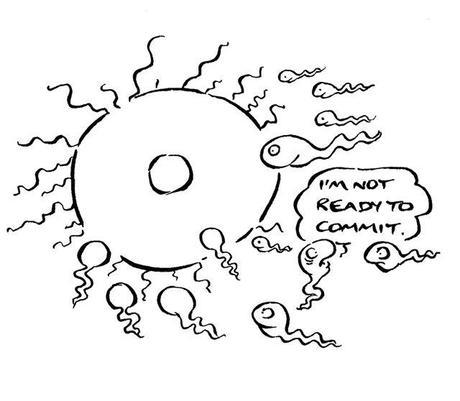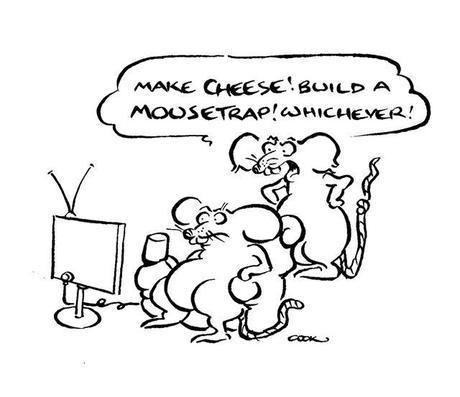
 Sometimes it’s better just to make a decision.
Sometimes it’s better just to make a decision.
We learn the theory of momentum early. Sit on a bicycle that’s not moving and it falls over. Pedal a little and it stays upright. You don’t have to go that fast to get some control. Once you are moving, you can go straight ahead or change direction.
You can go faster, but when you do, it gets riskier.
Neither extreme is much help when nothing is clear. In times of uncertainty, to paraphrase Pink Floyd, there’s no one to tell you when to run. Do nothing and you miss the starting gun.
On the other hand, going fast can build up momentum in the wrong direction.
 Both can be expensive.
Both can be expensive.

Does anyone remember Iridium? In 1998, it spent one billion dollars launching a global mobile phone system using 66 satellites. Visionary stuff. But it was expensive to use, handsets were clunky and its signal was quirky. The mobile revolution turned out to be more earthly. Iridium filed for bankruptcy within a year.
Kodak simply missed the starting gun. The 120 year old company went into Chapter 11 early this year having failed to spot the digital camera revolution.
The theory of momentum says you can’t stand still.
Action creates action. You are more able to change direction when you are already moving, even if it means a U-turn. But what’s the appropriate speed?
For a start, a lack of clarity is not grounds for a lack of process. You may not have the certainty on which to base a full strategy but you can have a clear management process for examining options.
- What are the interim steps you can take that move you a clear direction. It may be the wrong one, but you at least learn the temperature by putting a toe in the water. If you don’t go too fast, you won’t go too far before you realize you are on the wrong track.
- Keep your options open. Bill Gates kept the out-of-favour Windows project ticking over while Microsoft collaborated with IBM on the in-favour OS/2 platform. When the door closed for OS/2, it opened for Windows. We all know the rest.

- These may not be good times to try to build your customer base, but it is a good time to build their loyalty. What can you do to ensure they will be there with you when times improve?
- Look for opportunities to do what you do best even better. This may not be a physical product. It may be qualities that are inherent in your firm or your team – innovation, great service, quality, brilliant logistics or even simple things like location or convenience. Use them to experiment in adjacent areas without betting the farm.
- Lastly, keep working the scenarios. Role-play the opposition. Get your team to brainstorm what the competition might be doing, either to combat their strategy or to copy it.
Whatever you do, avoid inertia and take some action. Keep your bicycle upright; maintain some momentum. You will need it to steer through the uncertainty and onto a clearer path.

